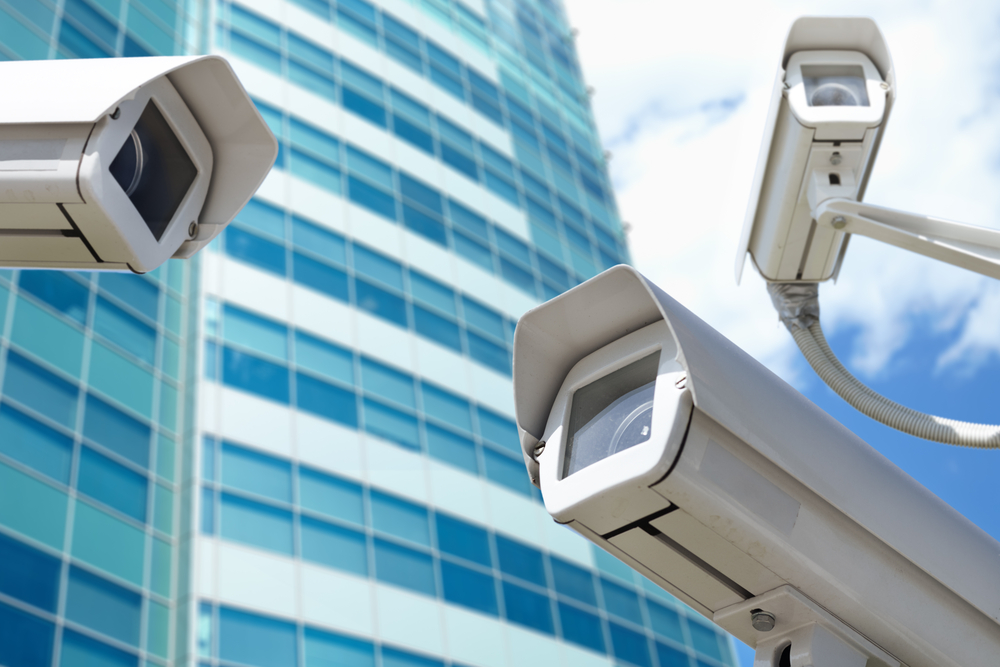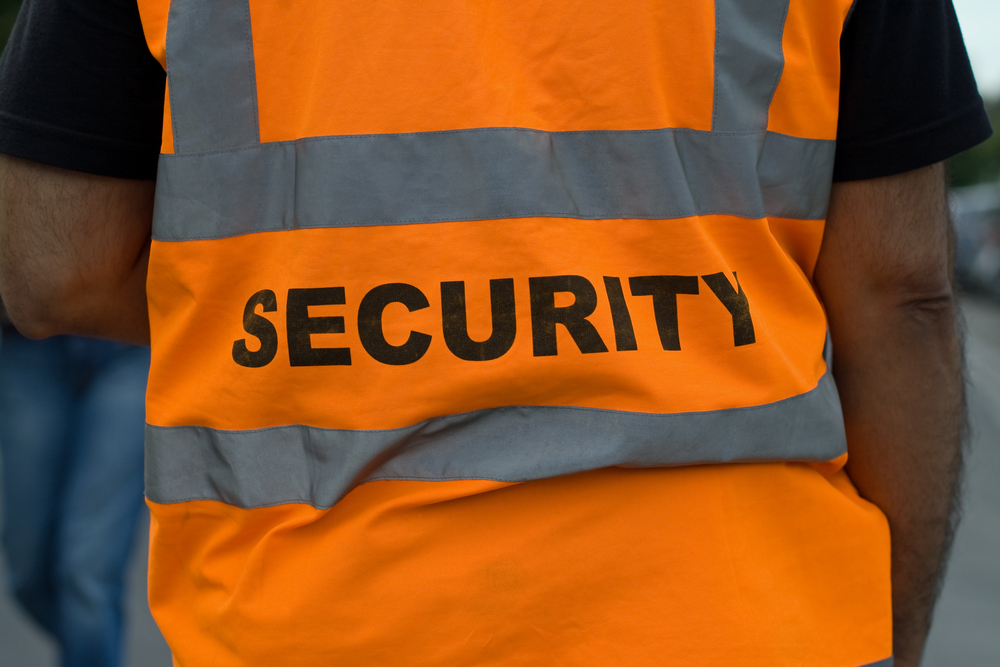When considering renovations or upgrades to your home, such as replacing doors and windows, it’s crucial to understand the rules surrounding planning permission.
In many cases, homeowners are unsure whether such changes require permission from local planning authorities. This article will guide you through the key aspects of planning permission for doors and windows to ensure you stay compliant while improving your home.

Understanding Planning Permission
Planning permission is a regulatory process in which a local government authority grants approval for construction and significant alterations on properties. Its primary purpose is to control inappropriate development and ensure that any modifications to buildings are in harmony with the character of the area and don’t adversely affect neighbours or the environment.
When Do You Need Planning Permission for Doors and Windows?
In the UK, the general rule is that you do not need to apply for planning permission to replace or add new doors and windows, as long as the appearance of the building isn’t materially altered. This is considered “permitted development,” especially if the new doors and windows are similar in appearance to those used in existing buildings in your area. However, there are several exceptions to this rule:
1. Listed Buildings
If your home is one of the many listed buildings Edinburgh, you will generally need to apply for listed building consent from your local planning authority—even for minor modifications like replacing windows and doors. This is because changes must be in keeping with the historical character of the building.
2. Conservation Areas
Properties located in designated conservation areas might have restrictions on the types of changes that can be made to exterior features, including doors and windows. You may need to seek permission if your changes could impact the area’s character.
3. Article 4 Directions
Some areas are subject to “Article 4” directions which restrict the scope of permitted development rights to protect local architectural or historical significance. In these cases, you might need planning permission for changes that would usually be permitted without it.
4. Flats and Maisonettes
Unlike detached houses, modifications to flats and maisonettes, including changing windows and doors, generally require planning permission. This is because the right to permitted development does not apply to apartments.
5. Changing the Appearance
If you intend to change the type of material of your windows (for example, replacing wooden windows with uPVC) or altering the style significantly (such as changing from a traditional sash window to a large picture window), you may need to apply for planning permission.
Conclusion
In most cases, replacing doors and windows in your home does not require planning permission unless your property has specific restrictions due to its historical value or location. By understanding the guidelines and doing thorough preparation, you can ensure that your home improvement projects proceed smoothly and legally. Always remember that compliance with local planning regulations helps preserve the beauty and integrity of your community.




